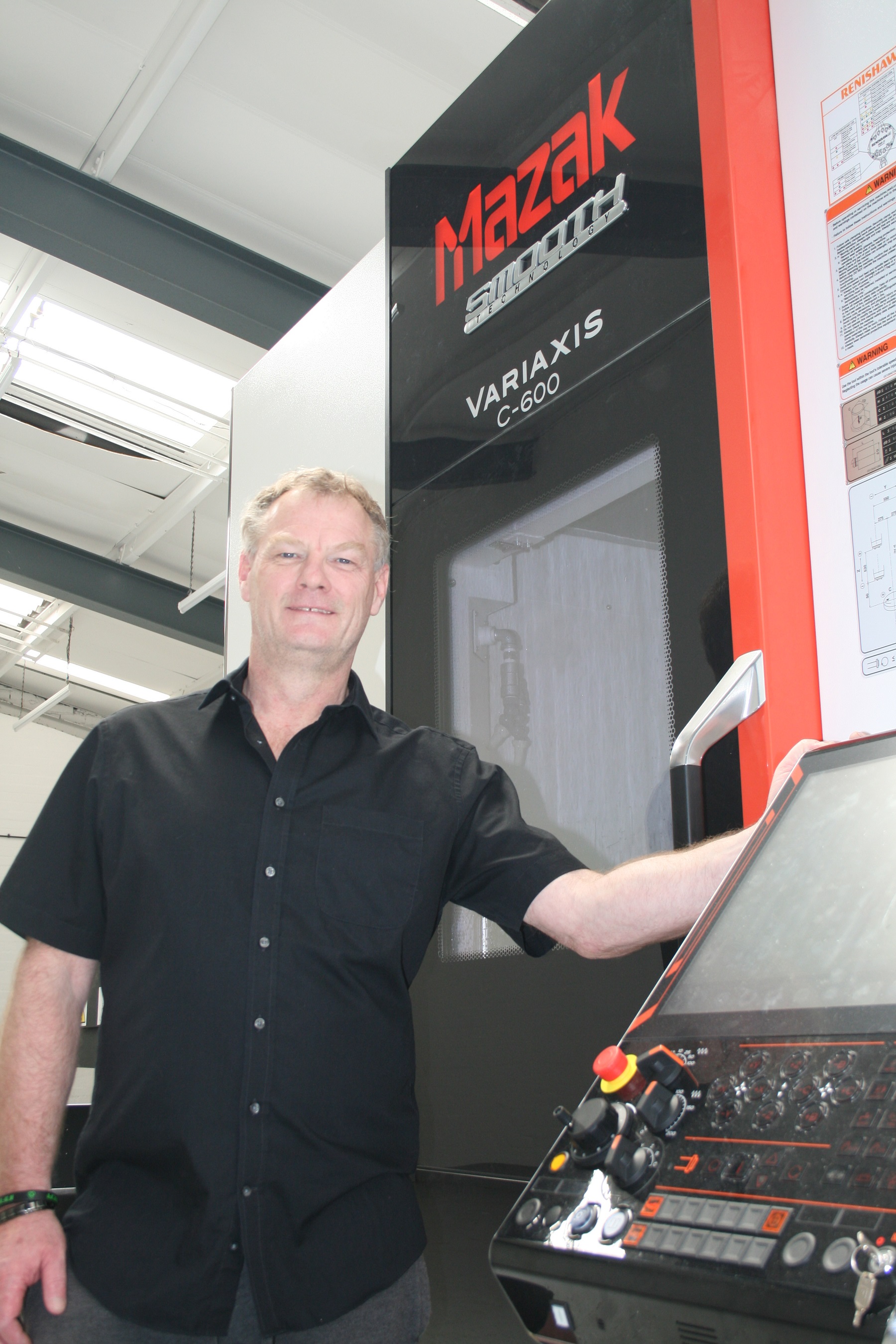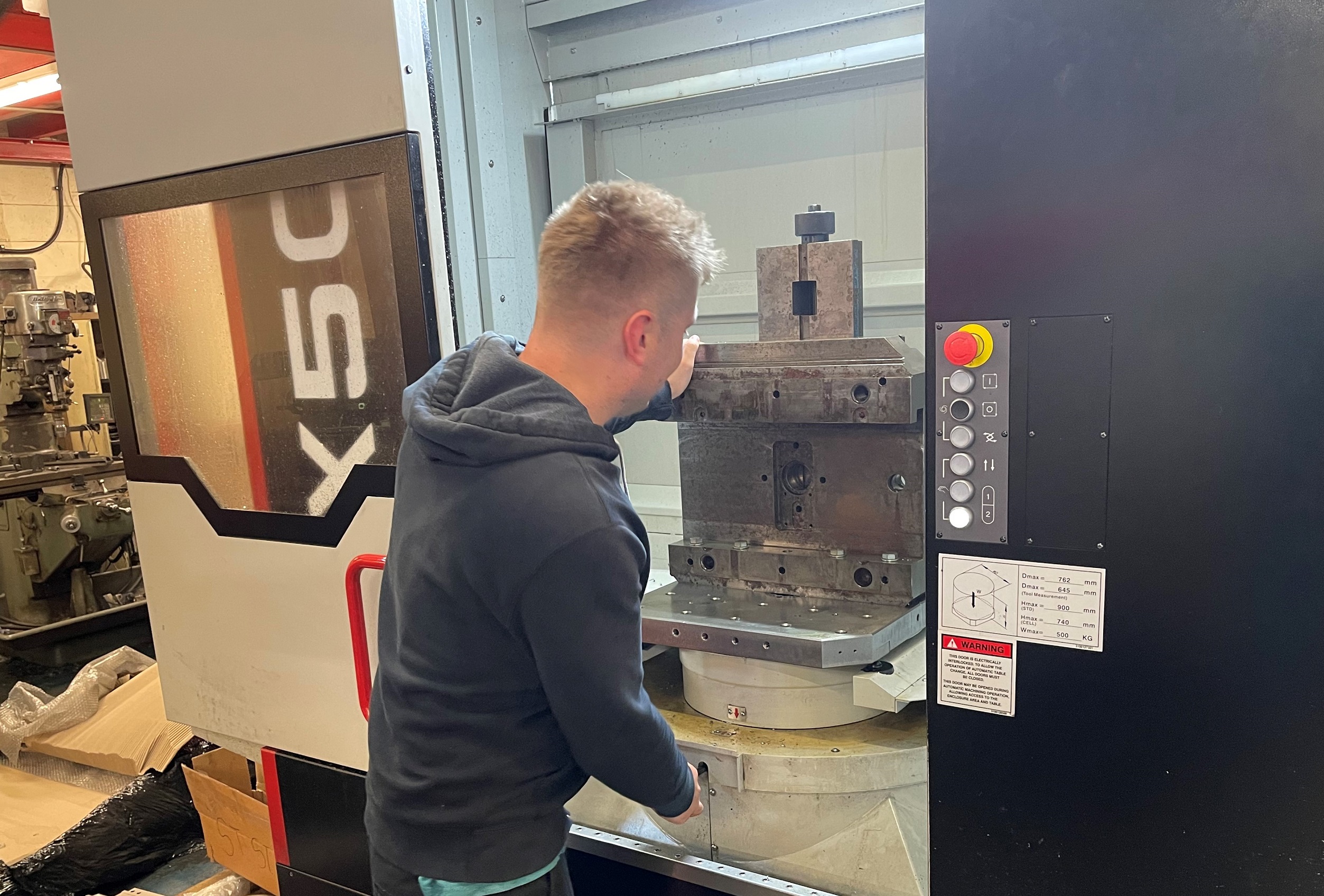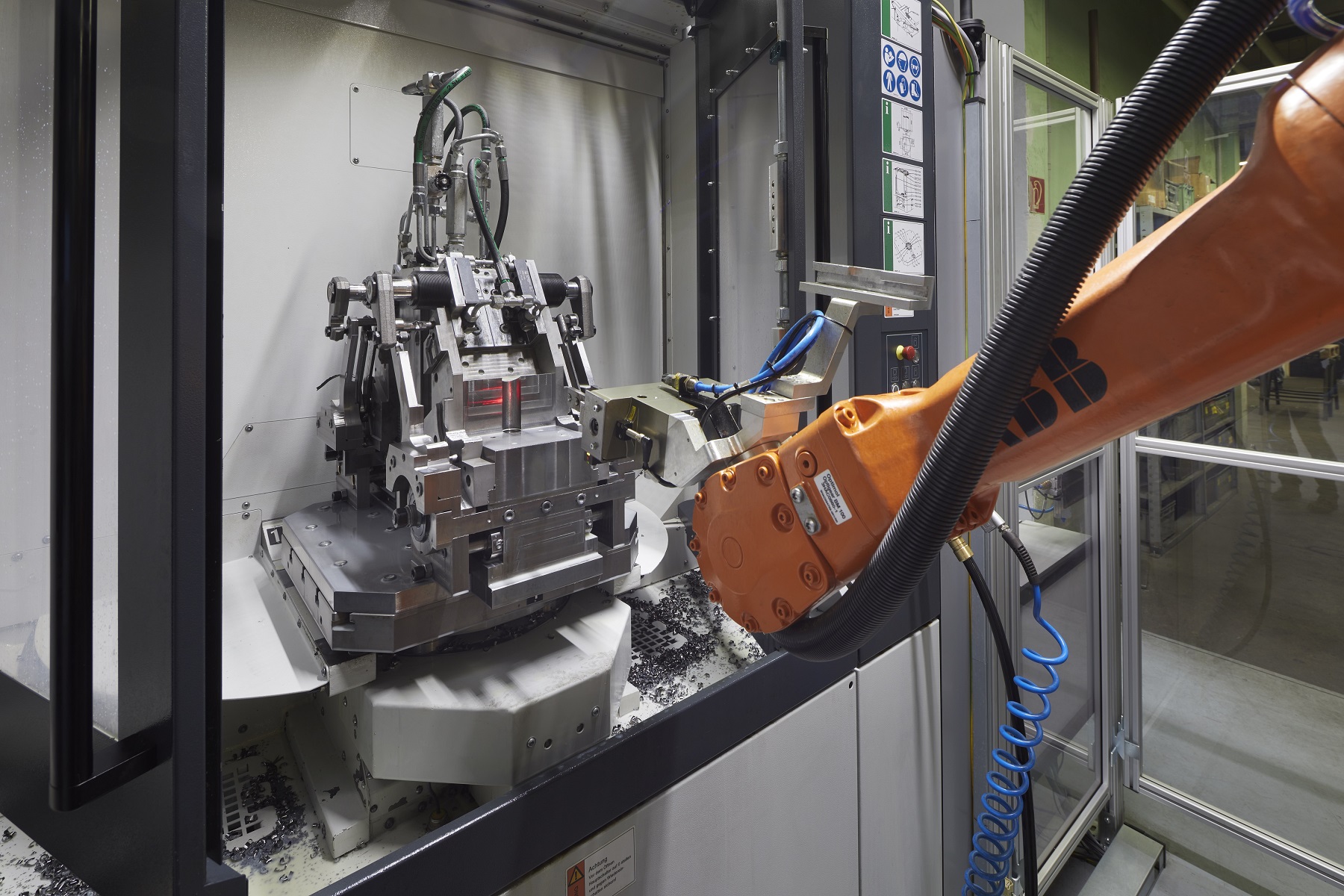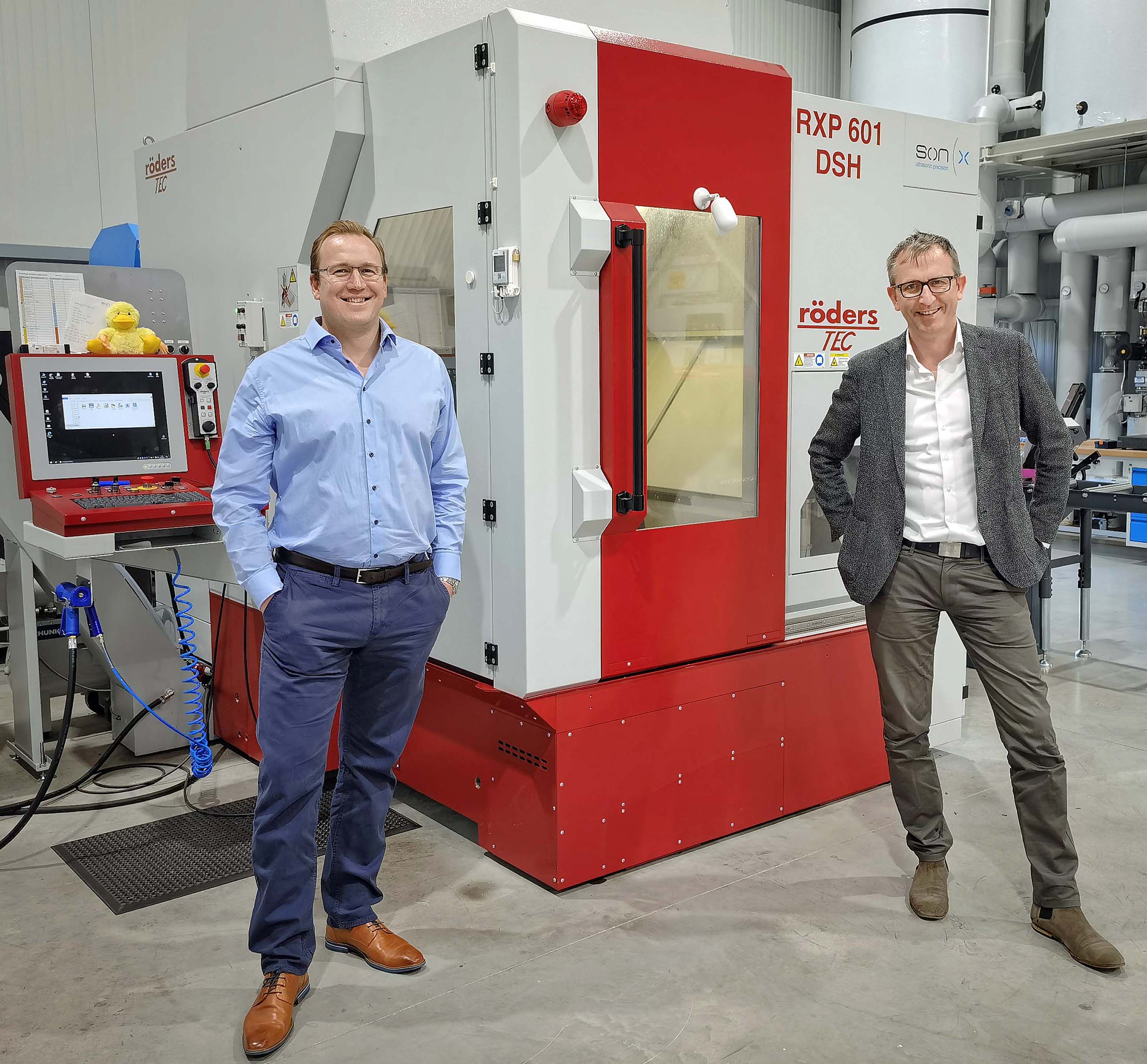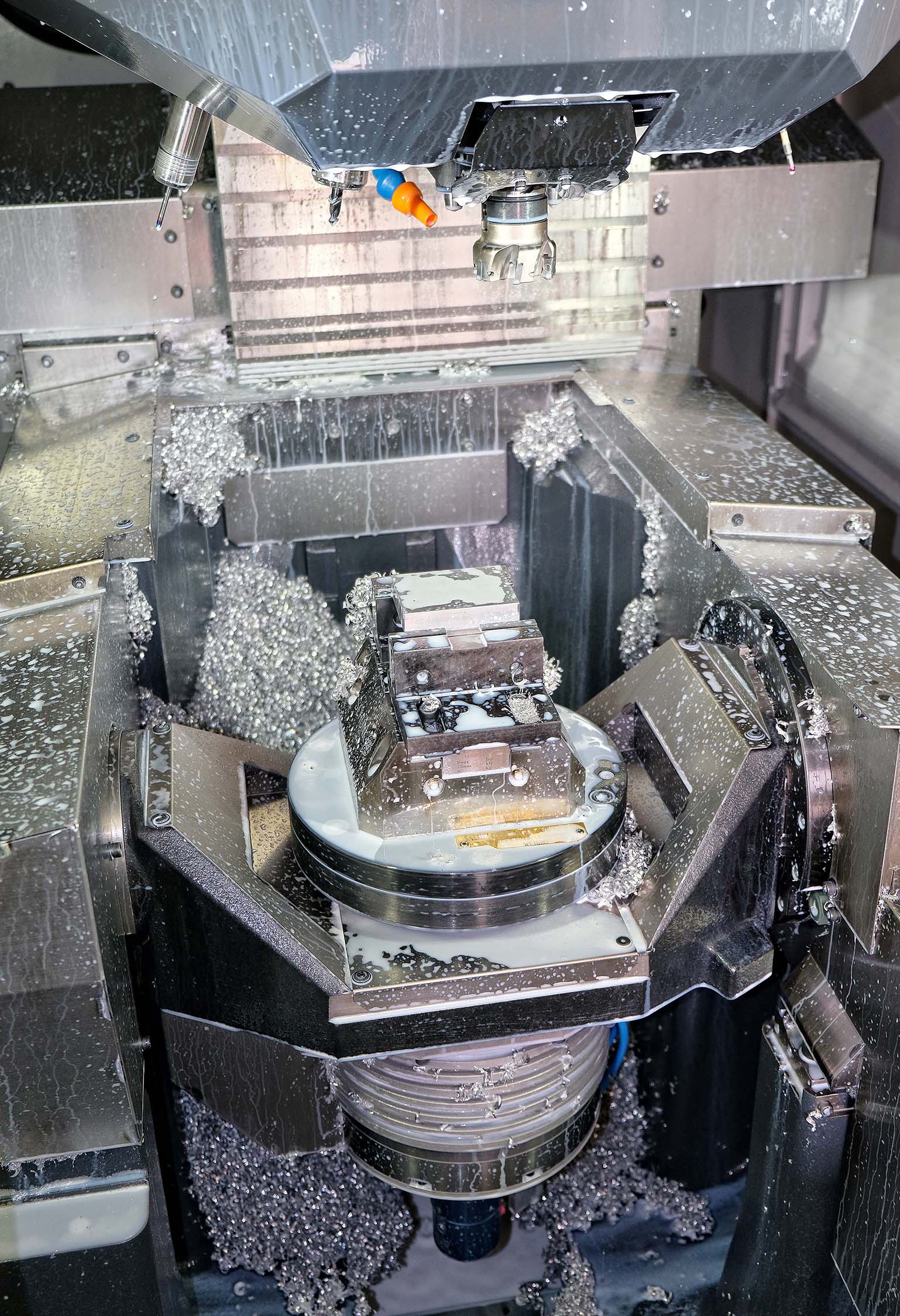A new subcontract manufacturing start-up is aiming to help plug the UK’s five-axis capacity shortage with a machine manufactured by one of his former employers. Jonathan Butler has set up Butler Precision Engineering, based near Dudley in the West Midlands, with the help of a Mazak VariAxis C-600 five-axis machining centre.
“It’s been a longstanding ambition to run my own precision machining company and there has never been a better time to make the plunge,” he says. “There’s a real gap in the market for five-axis capability due to limited machining capacity in the UK, which leads to too much work chasing too few available machining hours. My hope is that Butler Precision Engineering and the VariAxis can help plug the gap.”
After being operational for only a few weeks, Butler Engineering has already secured two contracts for turbine blade work and medical equipment.
“We’re getting a lot of interest, particularly from customers who want to use us as a development shop or for prototype work, which is perfect for the VariAxis,” he says.
Butler has 30 years’ experience in engineering, including time with Renault F1 as a machinist and programmer, as a machine shop manager for a fabrication company, and most recently as an engineering consultant for Quickgrind. During his time with Mazak, he learned all about the VariAxis i-600 machine, the forerunner to the C-600, as an application engineer.
He says: “It was my job to know the VariAxis like the back of my hand, so when I decided to take the plunge and set up my own business there was only going to be one machine that I wanted. You’ve got to know and trust the technology you’re working with.”
For further information www.mazakeu.co.uk






